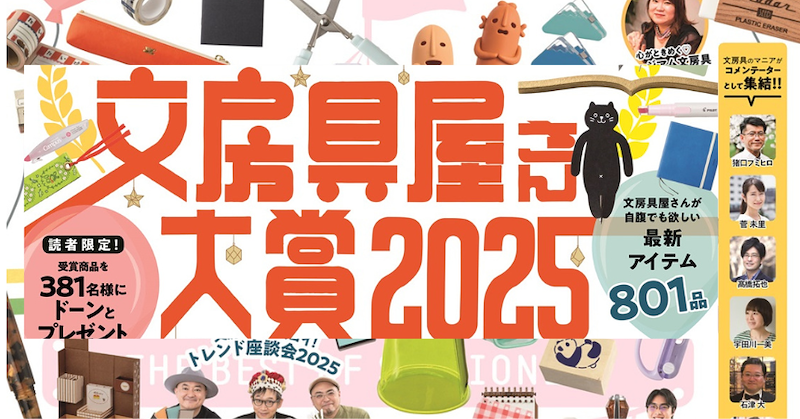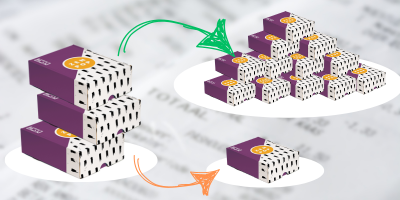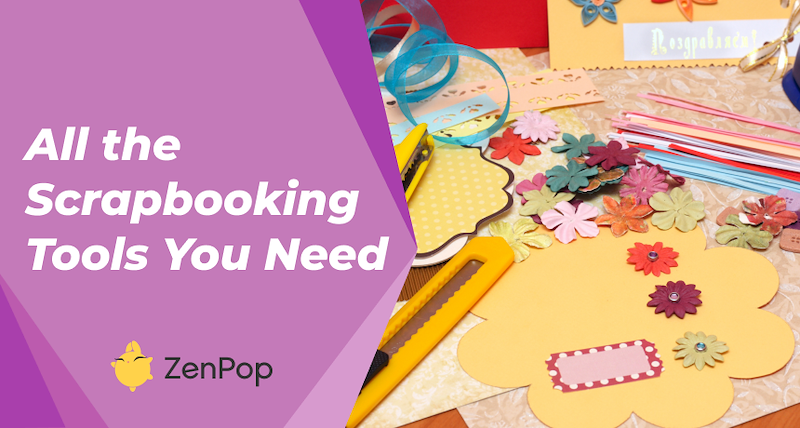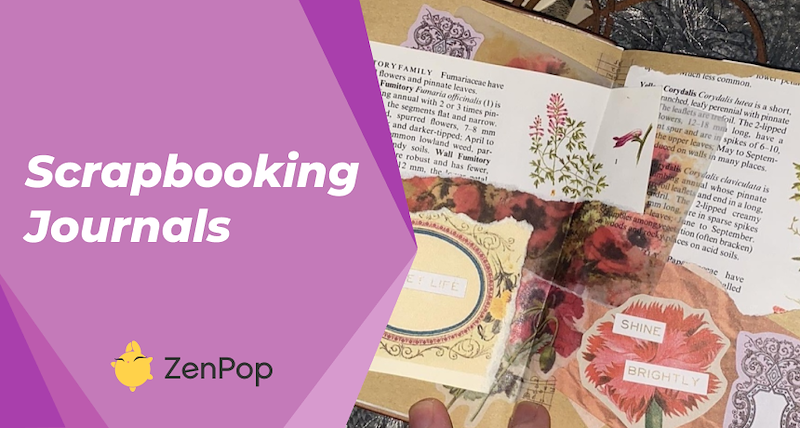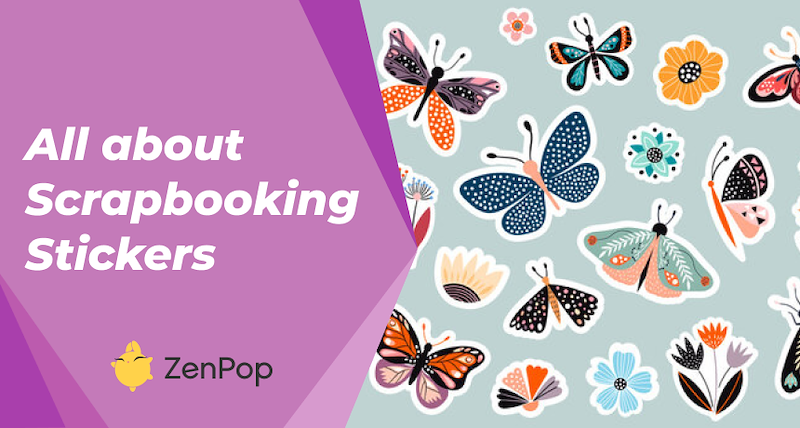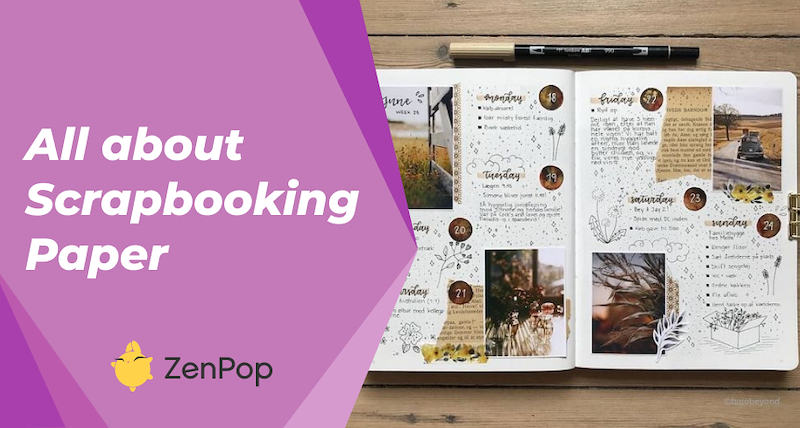Blog
Top Tags
stationery
|
japanese stationery box
|
stationery pack
|
Japanese culture
|
Previous Stationery Packs
|
giveaway
|
Previous Packs
|
ZenPop Giveaway
|
annoucement
|
japanese stationery pack
|
Featured Article
Discover the 8 best Japanese pens for 2025, from smooth-writing classics like Jetstream to beautifully crafted fountain pens by Sailor and Kokuyo—perfect for journaling, note-taking, and stationery lovers.
This blog post lists the winning designs from the KOKUYO DESIGN AWARD 2025, held under the theme “prototype.” Discover the standout ideas shaping the future of stationery.
A list of Tokyo's 21 best stationery shops, with guidance, photos and advice. Great for people planning to visit Japan and want to buy Japanese stationery.
Updated for 2025: Here are the winners of this year's Japanese Stationery Awards 文房具屋さん大賞. Includes the main winners and the category prizes.
Looking for a pen that better fits your left-handed writing? Those are the 8 best on the market right now.
It can be a challenge to find appropriate stationery supplies for the spooky season, luckily Japan has you covered!
A quick explanation on how to change your billing plan and get the amount of boxes you want at the best possible price!
Don't know which type of journal to use for scrapbooking? Here are the best options.
There are a lot of stickers available, here's what you should know when using them for your scrapbooking!
So much paper to choose from, but which one is best for your scrapbooking? We take a look at it for you!




